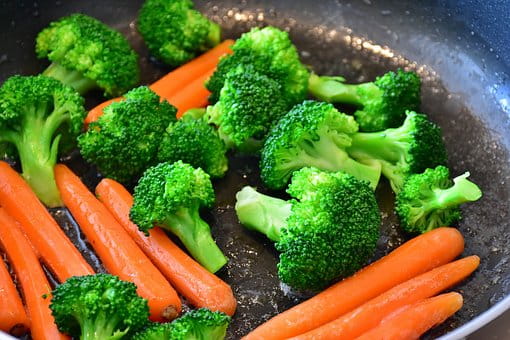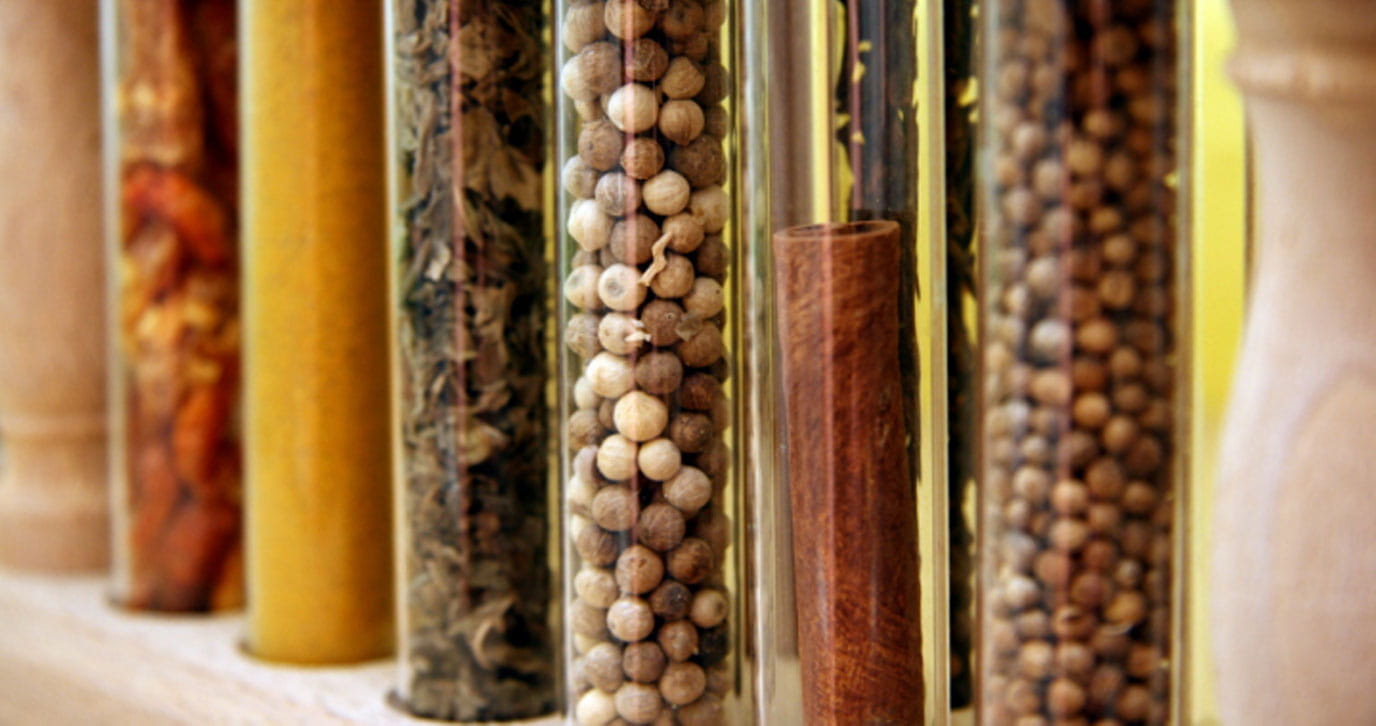July, 2024
Spices and Herbs Increase Vegetable Palatability Among Military Service MembersInfluence of Seasoning on Vegetable Selection, Liking and Intent to Purchase
Manero, J., Phillips, C., Ellison, B., Lee, S. Y., Nickols-Richardson, S. M., & Chapman-Novakofski, K. M.

May 2017-- Researchers at the University of Illinois at Urbana-Champaign conducted a 3-week study in a public café on the university campus to determine the impact of seasoning on vegetable selection, liking, and intent to purchase. View the paper.
Overview
Low vegetable intake continues to be a health concern, and strategies to increase vegetable intake have resulted in only small increases. One strategy that has received less attention is the use of seasonings. This study's objective was to determine the impact of seasoning on vegetable selection, liking, and intent to purchase.
Methods
A 3-week study in a public café on a university campus was conducted. Customers buying a main dish could select a vegetable side (seasoned [SS] or steamed [ST]) at no cost. Based on café data and power analysis (alpha 0.05, 80% power), 2 days per vegetable pair were conducted with carrot, broccoli, and green bean pairs randomized 3 days/week 1 and 3, with normal service week 2.
Results/Conclusions
Selection was greater for SS vs ST, n = 335 vs. 143 for all 3 vegetables combined; n = 97 vs 47 for carrots; n = 114 vs. 55 for broccoli; n = 124 vs. 41 for green beans (p < 0.001 Chi-Square). Liking responses were similar for SS vs ST and were high for all vegetables. Response distribution was not significantly different for SS vs ST vegetables when people were asked if they would purchase the vegetable that they selected. More customers chose the 'somewhat likely' and 'very likely' (n = 353) than the 'not likely' and 'definitely would not' (n = 121) purchase responses. Regression showed that people who did not often consume a vegetable with lunch while dining out were 1.59 times more likely to select the SS vegetables over the ST (p = 0.007).
Given a choice, consumers were more likely to select a seasoned vegetable. With low vegetable consumption as a predictor of seasoned vegetable choice, offering seasoned vegetables may increase intake in those with poor vegetable intake in a café setting.






